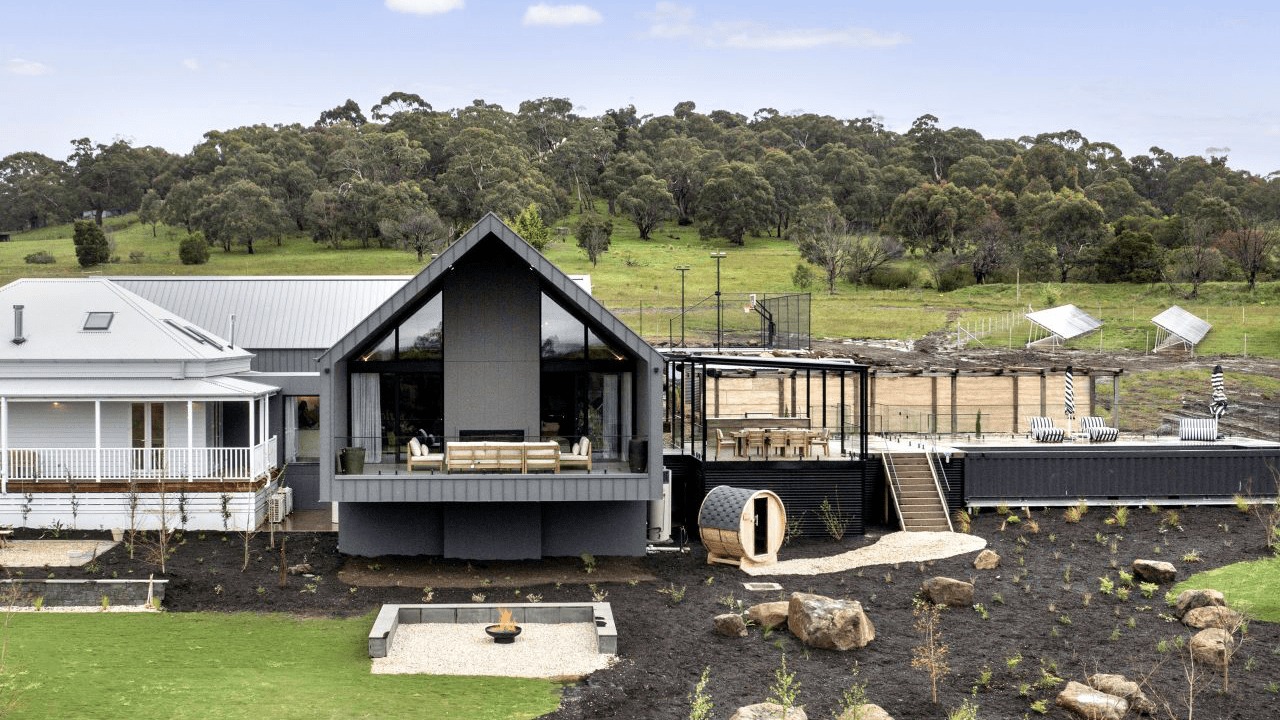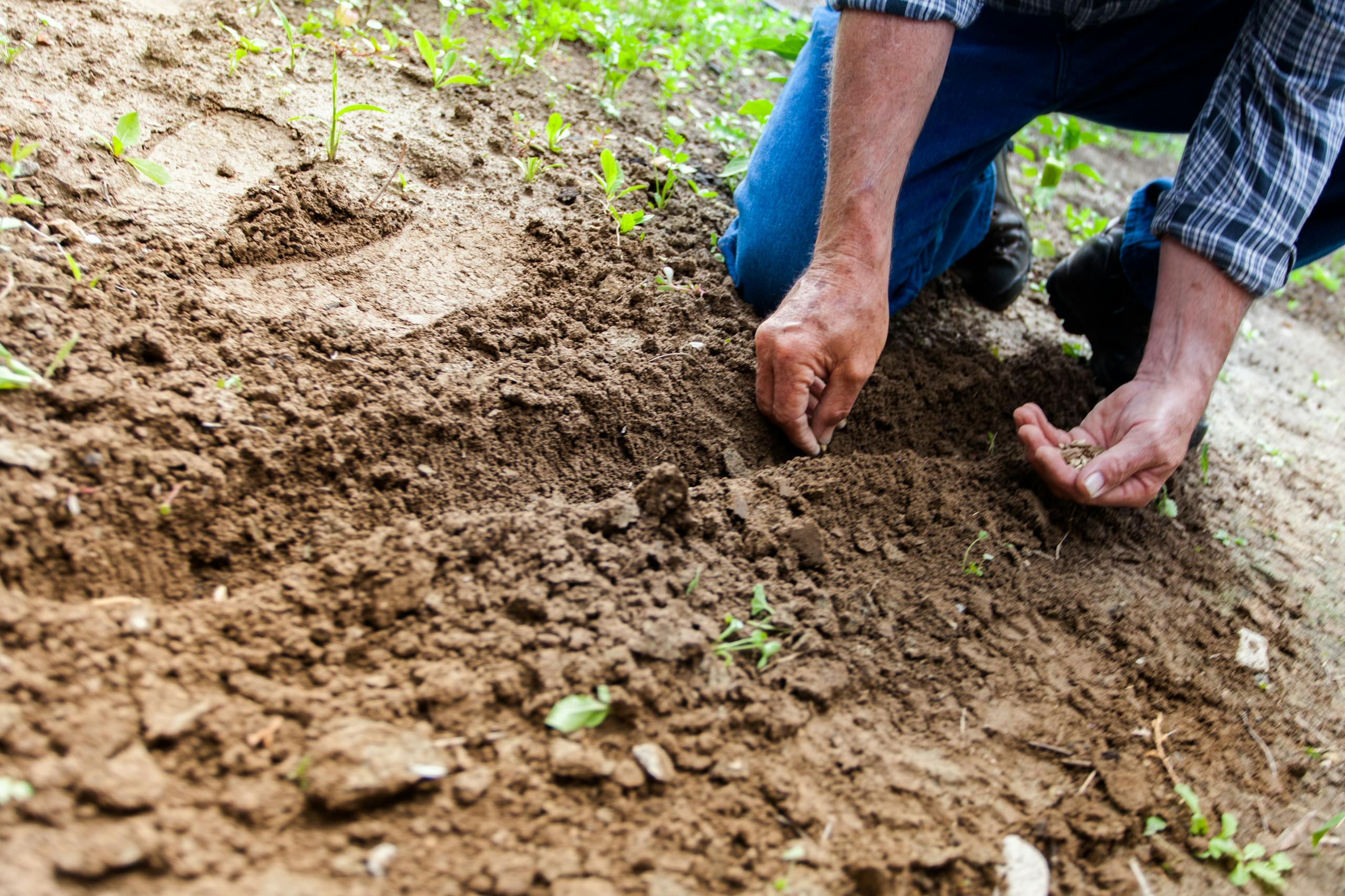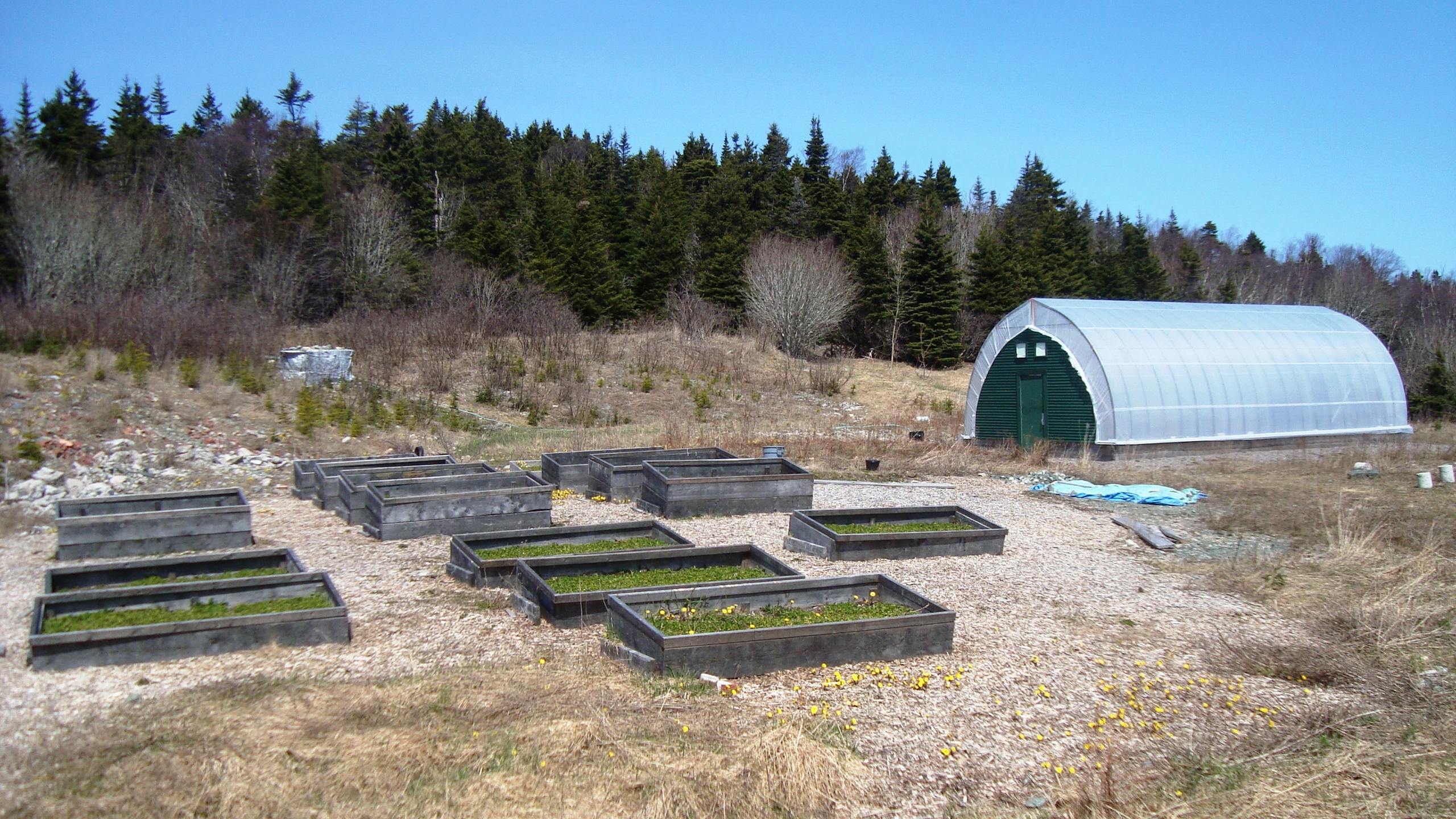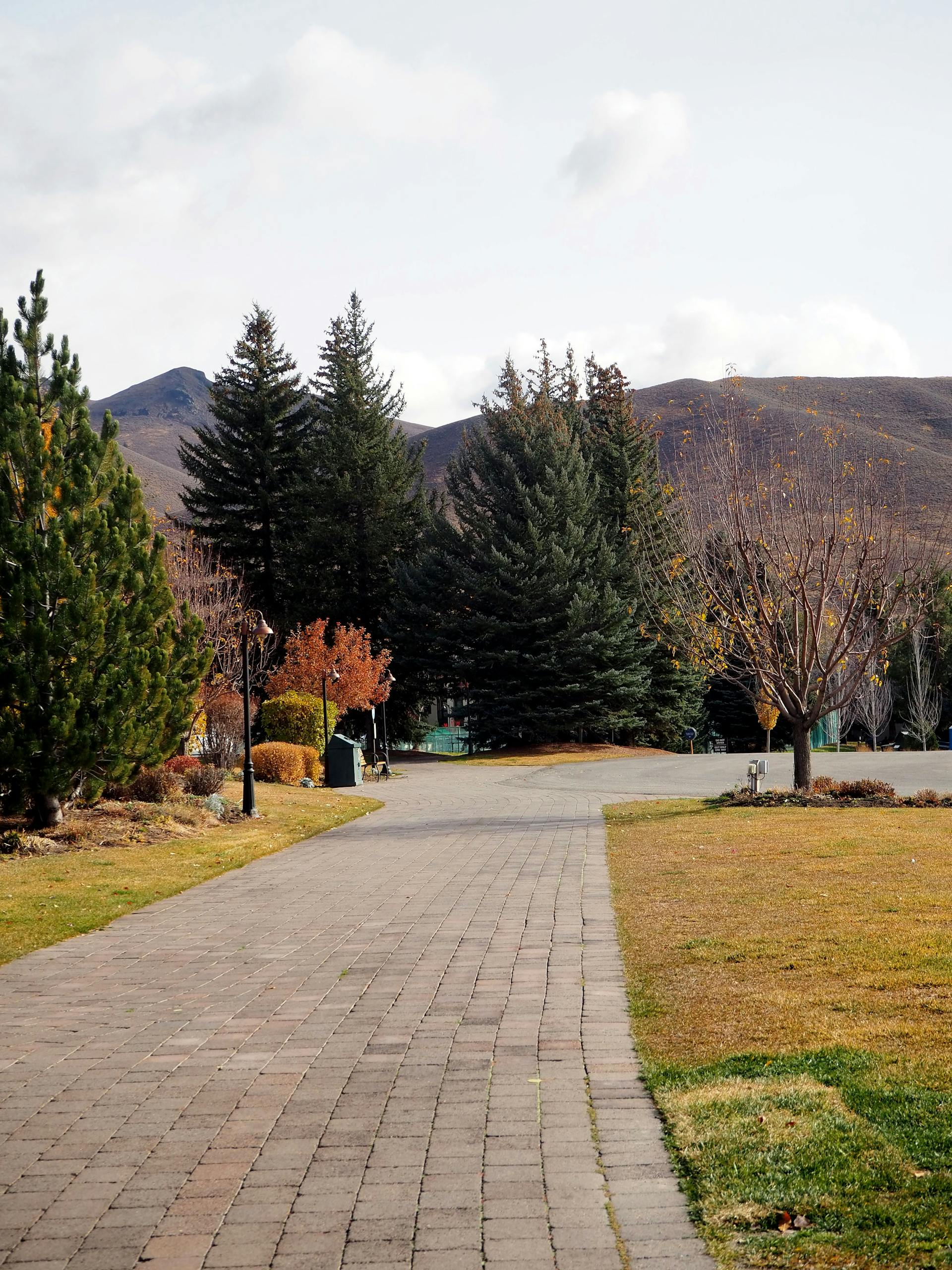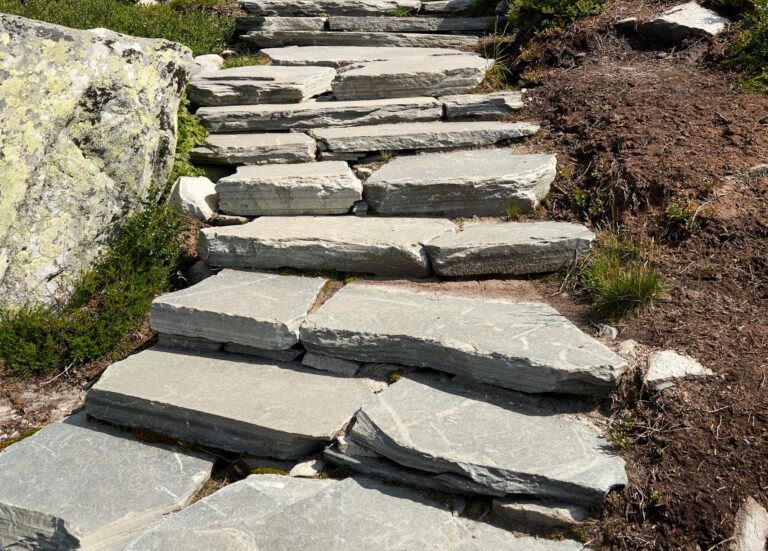Top Soil Erosion Problems (and How to Solve Them with Spring Projects)
Soil is literally the foundation of your garden or pasture, and the topsoil layer – rich in nutrients and organic matter –…
Soil is literally the foundation of your garden or pasture, and the topsoil layer – rich in nutrients and organic matter – is the most precious. Yet, topsoil is also fragile and can easily be lost to erosion by wind and water, especially during spring when rains are heavy and ground cover may be sparse. If you’ve noticed bare patches, gullies, or sediment collecting where it shouldn’t, you likely have a topsoil erosion problem. The good news: spring is the perfect time to tackle it. With some strategic projects (using fill, rock, plants, and good design), you can stop erosion in its tracks and even rebuild lost topsoil. Let’s identify common topsoil erosion issues and outline how to solve them this spring.
Common Topsoil Erosion Problems
- Bare Soil on Slopes: Sloped parts of your property with no vegetation or mulch are highly prone to erosion. You might see rills (small channels) forming after rains, or notice the soil looks more rocky as fine particles wash away.
- Runoff from Roof or Hard Surfaces: Areas under drip lines of roofs or next to driveways can have soil erosion from the concentrated water. Maybe you see trenches under eaves or a fan of soil washed out beyond the downspout.
- Cultivated Garden Erosion: A tilled garden left unprotected can lose topsoil in a single storm. If you see muddy water leaving the garden or sediment crusting in between rows, that’s erosion at work.
- Livestock or Foot Traffic Areas: Paths where animals or people frequently tread often become devoid of vegetation and compacted, leading to water running off and taking soil with it. E.g., a path on a hillside or around gates might have soil loss.
- Wind Erosion in Exposed Fields: In some flat, open areas, wind can blow away topsoil, especially if it’s dry and no plants are holding it down. You might literally see dust storms or find soil has drifted against fences.
- Streambank or Shore Erosion: If your topsoil extends near a creek or pond, high water can eat it away (covered earlier with riprap usage, but worth noting as a topsoil loss).
- Post-Construction: If you recently built and stripped vegetation, that raw soil can erode heavily until replanted. You might see the classic red or brown streaks of dirt washing onto sidewalks or roads from your site.
Losing topsoil not only damages your land’s fertility, but the sediment can clog ditches, foul streams, or cover up your driveway, making additional problems. So controlling it is doubly important.
Spring Solutions to Topsoil Erosion
1. Regrade and Terracing: If a slope is too steep for water to soak in, consider terracing or grading it to gentler slopes. Spring is a good time (soil is workable). Even one or two small terraces on a hillside can slow water down dramatically. Use structural fill to build terraces if needed, and rocks or timber to retain them. For example, create a 2-3 foot wide flat ledge (a terrace) every 6-8 vertical feet on a hillside, using a low retaining wall of rocks (essentially small-scale riprap wall】. Then replant those flat areas. This turns a continuous slope into a series of smaller slopes, giving water a chance to infiltrate at each step.
2. Building Berms or Contour Swales: On gentle slopes, you can build berms (raised mounds of soil) or dig shallow swales along the contour (level lines) to catch water. Use the soil from digging a swale to form a berm on the downhill side – essentially making a small ridge. These contour features force water to spread out and sit rather than rush downhill, thereby preventing it from carrying soil off. In spring, you can easily see how water flows and place these accordingly. Mix in some compost or structural fill if needed to shape the berm. Then immediately seed or plant the berm with grasses or shrubs to hold it (and mulch it). This is a key technique in permaculture for preserving topsoil and enhancing it over time (as water sits, it deposits sediment behind the berm).
3. Use Structural Fill and Topsoil to Repair Gullies: If you already have gullies where topsoil eroded, fill them in now to restore a gentle grade. Use compactable fill dirt or pit run for the bul】, then cover the top with quality topsoil so vegetation can regrow. Don’t leave a gully as-is, thinking plants will just grow in it; the next rain will likely scour it deeper. Instead, pack it with fill, recreate the original slope, and then protect that (with mulch and plants or maybe a rock-lined swale if you want to allow some water flow). We covered this in “Fixing Runoff Damage” – fill gullies and line with riprap if needed to stop re-erosion.
4. Install Drainage (French drains, downspout extenders): Sometimes topsoil erodes simply because water is being dumped in the wrong place (like a roof downspout flooding a garden bed). Spring is a great time to add extensions to downspouts or a French drain to carry water to a safe outlet (like a rock pit or to a creek). Using the natural drainage tactics from the previous article – rock and sand – you can guide water where it won’t cause erosion. For example, attach a solid pipe to your downspout that leads to a dry well filled with drain rock in the ground, or to a rocky swale. By controlling where the water goes, you spare the topsoil elsewhere.
5. Mulching Exposed Soil: If you have open soil (from last year’s garden or new flowerbeds you are preparing), cover it ASAP. In spring, you might be prepping beds for planting, but don’t leave them bare after digging. Apply a layer of mulch – could be straw, wood chips, pine needles, or even a temporary cover crop. Mulch shields soil from the impact of raindrops (which dislodge soil particles) and slows water flow. In a vegetable garden, you can lay straw between rows or plant a quick cover crop (like rye or clover) if there’s a window before main planting. For flowerbeds, put down bark mulch or even landscape fabric (though fabric can be semi-permanent). Darby Pit’s Soil Pep (fine wood chip mulch) could be great here; it’s organic and will also enrich soil as it breaks dow】. Just make sure if you mulch heavily that you plan how to integrate it (like pulling it aside to plant seeds, etc.). Even a thin 1” layer of mulch can dramatically reduce erosion.
6. Erosion Control Blankets and Matting: On steeper slopes or newly regraded areas, use erosion control mats. These could be jute netting, coconut coir blankets, or straw blankets with netting. In spring, roll these out over the slope and stake them down. They hold soil in place against rain and wind until plants grow through them. Underneath, ideally, you’ve seeded the slope (choose a fast-germinating mix with grasses and maybe wildflowers). The blanket will biodegrade over a couple years by which time the roots will anchor the soil. This is especially useful around newly constructed areas or steep cut/fill slopes created by a recent project.
7. Replanting and Reseeding: Ultimately, vegetation is the best defense against topsoil erosion. Spring is prime time to seed grass on bare patches, plant shrubs on slopes, or seed cover crops in resting fields. Pick the right plants:
- Deep-rooted grasses and groundcovers for slopes (e.g., creeping red fescue, native bunchgrasses, clover mixes).
- Shrubs or trees for long-term stabilization (their roots go deep and wide). For example, planting willow stakes or dogwoods along a wet area, or hardy shrubs like cotoneaster or juniper on a dry slope.
- Erosion control seed mixes are sold that contain quick annual rye (for fast cover) plus perennials for later. These are good for big areas.
- Sod: If budget allows and area is manageable, laying sod in spring gives instant cover and erosion control (e.g., on a berm or new lawn).
- Bioengineering: This includes fascines (bundles of live willow sticks laid along contours), live stakes, or brush layers on a slope to reinforce it. Spring is when willows and other riparian plants are often planted as cuttings because the ground is moist and they’ll root readily.
Focus on areas where topsoil is currently unprotected. Sometimes just extending a lawn area into a spot where it keeps washing out can solve it – grass, once established, is quite good at holding soil (its dense fibrous roots form a mat).
8. Windbreaks and Cover Crops for Wind Erosion: If wind is an issue, planting windbreaks (rows of trees or shrubs) at the windward edge of your property or field will slow the wind and cause it to drop a lot of the soil it’s carrying. Also, maintaining some stubble or cover on fields through winter and early spring (don’t leave fields fallow and bare) helps. If you have a garden or farm field, consider planting a cover crop in fall that you till under in spring – that protects the topsoil from wind over winter and early spring. In mountain areas, even a low covering of mulch or leaving the last crop’s residue can make a big difference. For immediate relief, spreading something like Soil Pep or straw over a plowed field can reduce dust until you plant the next crop.
9. Building Soil Berms at Property Edges: If a lot of sediment is washing off your property (or onto it from upslope), creating a low berm or sediment trap can help catch it. A berm is just a ridge of soil (which you can stabilize with grass). Build it at the bottom of a slope, parallel to it, to act as a catch before soil leaves your property or enters a waterway. Think of it as creating a speed bump for water that also catches sediment behind it. Each year, you might dig out the collected sediment (which is actually good topsoil) and put it back where it belongs up the slope. This is a way to recycle what would otherwise be lost. In spring you’ll see where sediment accumulates (look for fans of silt) and that’s where a little berm or even just a row of straw wattles can be placed to intercept it next time.
10. Use of Structural Elements: In some cases, structural solutions might be needed – like a retaining wall to hold a steep cut of soil, or rock gabions (wire baskets filled with rock) as a permeable yet solid wall on a slope. If topsoil is eroding from an embankment that can’t easily be graded or vegetated, building a retaining structure in spring could save a lot of soil. For example, a short rock retaining wall at the bottom of an eroding garden slope will stop further slumping and create a flat area above that you can fill with new topsoil and plant. We’ve mentioned rocks a lot – indeed, Riprap isn’t just for big streams; even small slopes can be stabilized by a layer of rock if you prefer that over vegetation (though often a mix is nicest). Just be aware that rock get hot in sun and can create a dry environment, so choose approach based on site.
Building Back Lost Topsoil
Stopping erosion is priority one, but what about replacing topsoil that’s already gone? Spring projects can also help rebuild it:
- Compost and Manure Spreading: If an area lost a lot of its rich topsoil, rejuvenate it by spreading compost or aged manure now. This adds organic matter (the key ingredient of topsoil) and will help new plants grow vigorously (their roots then add structure to soil). You can get bulk compost or manure delivered or, if you have animals, use your own (just make sure it’s not fresh – that can burn plants or run off nutrients).
- Topdress with Screened Topsoil: For smaller areas like garden beds or around the house, consider bringing in some Screened Topsoil to add where erosion had removed it. For instance, if around your foundation the soil settled or washed out, re-fill with good topsoil (sloping away from the house】. If a corner of your yard is basically subsoil now, spread a few inches of new topsoil before seeding. Local sources (like Darby Pit) have screened topsoil that is rock-free and ready to us】.
- Soil Amendments and Cover Crops: In a larger field scenario, if topsoil layer has thinned, planting cover crops like legumes (clover, vetch) can help build it back by adding organic matter and nitrogen. In spring, you might seed a cover that you’ll later till in – effectively growing your own new topsoil. Also add amendments like lime if soil pH was affected (erosion can sometimes leave more acidic subsoil at surface).
- Mulch into Soil: Surprisingly, one way to create topsoil is to layer organic mulches and let them decompose in place (a bit like sheet composting). In an eroded area, you can lay straw or wood chips thickly in spring; by next spring a portion will have broken down into new soil. If you combine that with some nitrogen source (like a bit of blood meal or manure) to help decomposition and keep it moist, you’re basically composting on-site. This works well on gentle slopes covered with a mulch blanket – it stops erosion and slowly forms humus underneath.
- Wattle or Log Terraces with Backfill: Another trick on slopes – use logs or coir logs placed horizontally along contours, stake them in, then backfill slightly uphill of them with compost/topsoil mix. Essentially you’re creating mini planting beds on the slope. Over time gravity and worms will distribute that rich soil somewhat, but the logs hold it where plants can root. This builds fertile micro-terraces.
Case Example:
Imagine a scenario: you have a sloping backyard hillside that faces spring rains, and each year you see your flowerbed at the bottom get silted, and the grass on the slope gets patchier, with some shallow gullies forming. A spring project plan:
- Early spring: seed the slope with a temporary cover crop like annual rye as soon as ground can be worked, to get some root in there quickly.
- Once weather permits, regrade a bit: smooth out gullies, maybe create a swale halfway down with a shovel to catch water.
- Lay an erosion control blanket across the worst section.
- Plant a few fast-growing shrubs (like elderberry or wild roses) on the slope for long-term hold.
- Mulch between the new plantings with shredded wood mulch.
- At the bottom flowerbed, build a short stone border wall (maybe 1 ft high decorative rock wall) to create a barrier for sediment and also raise that bed slightly. Fill behind that wall with new topsoil and replant your flowers.
- Extend the downspout from the roof above the slope into a perforated pipe that runs along the top of the slope inside a gravel trench (French drain) to bleed the water out along the length instead of one spot.
- By summer, your slope has greened up, there’s far less wash coming down, and any that does hit the new stone border and drops its sediment there, which you can scoop and toss back up the slope in fall. Next spring, even better as shrubs root in deeper.
This multi-faceted approach illustrates combining drainage, physical barriers, and revegetation – all crucial for tackling topsoil erosion.
Remember:
- Always address the cause of erosion, not just the symptom. If water is the cause, manage the water (divert or slow it). If wind, create windbreaks and keep soil covered.
- Little and often: many small interventions (like straw wattles, little rock dams, clumps of plants) dispersed on a slope often work better than one big structure.
- Maintenance is key: after your spring projects, monitor through the year. Repair any small damage before it becomes big. If a mulch washes away, replace it promptly. If seeds didn’t take in a spot, reseed.
- Safety: if working on steep slopes or with heavy fill, be careful. Don’t work on a saturated slope that might slide while you’re on it. Use proper equipment for retaining structures.
With attentive care and these strategic projects, your topsoil can stay where it belongs – nurturing your plants – instead of at the bottom of the hill or in a neighbor’s pond. Stopping erosion not only protects your property value and landscape beauty, but it’s environmentally responsible by reducing sediment pollution. Spring gives us the chance to reset the stage: patch the scars of winter and fortify the land for the summer growth ahead. By autumn, you’ll hopefully see lush slopes and clear runoff, a sign that your erosion control efforts are working and your topsoil is safe and sound.
